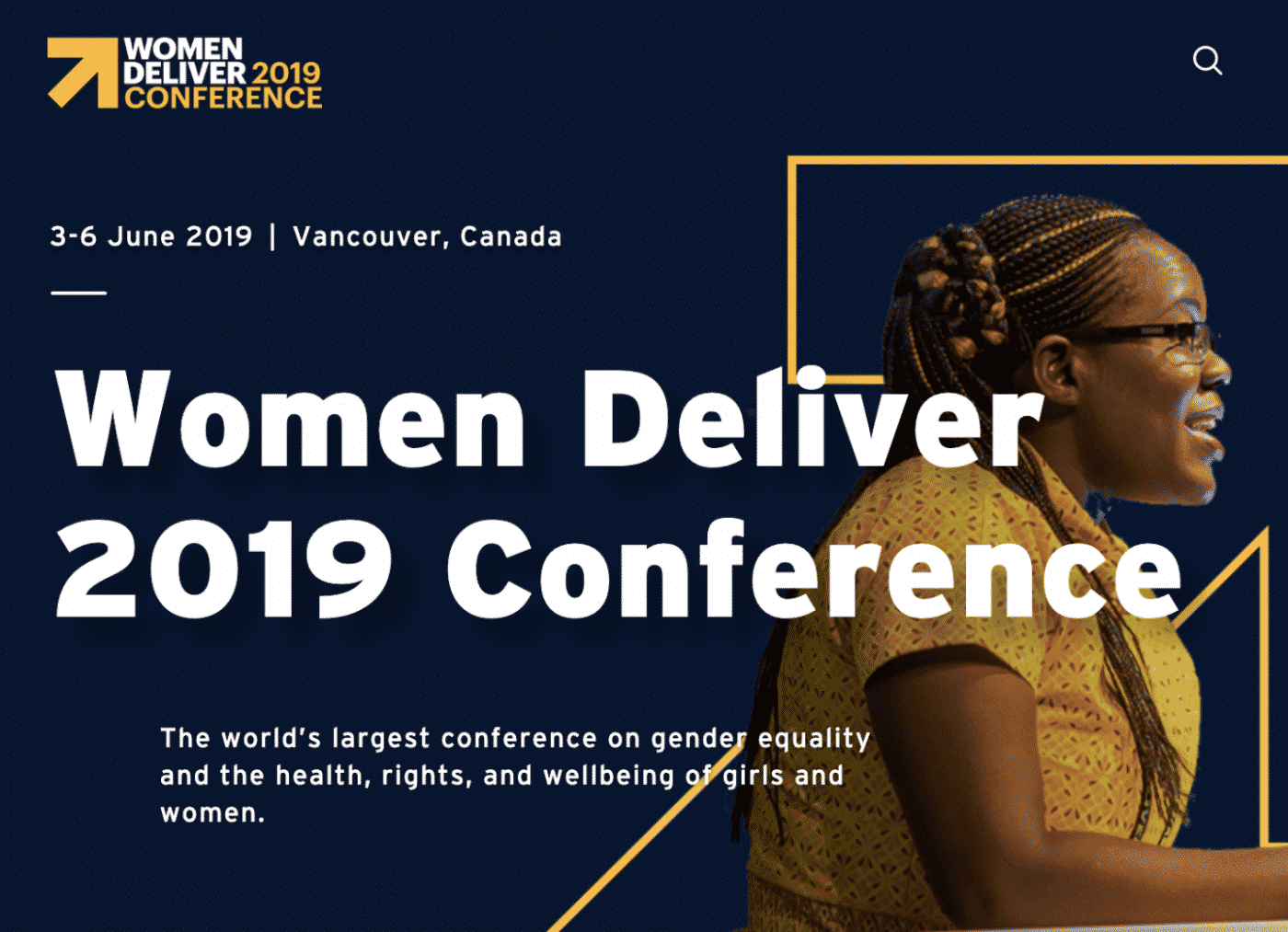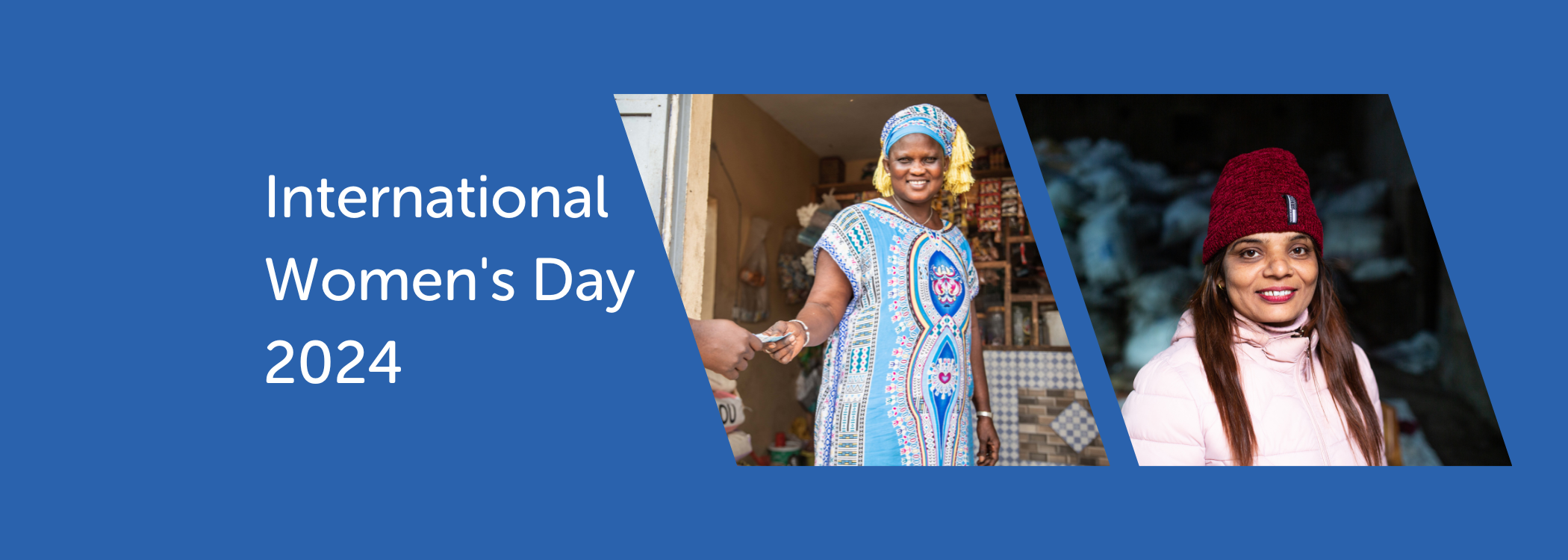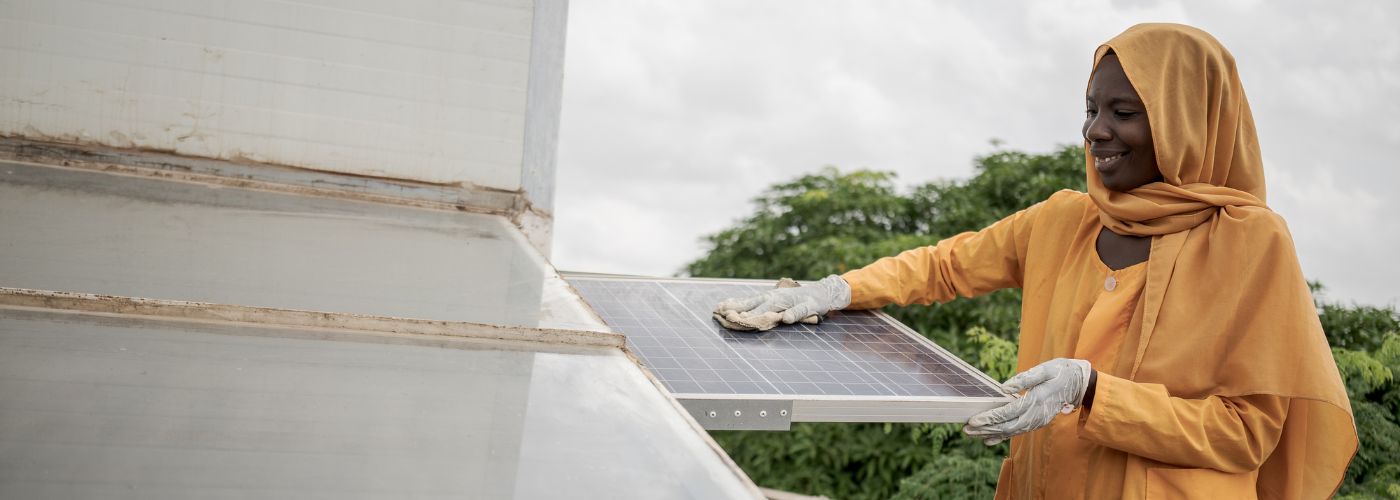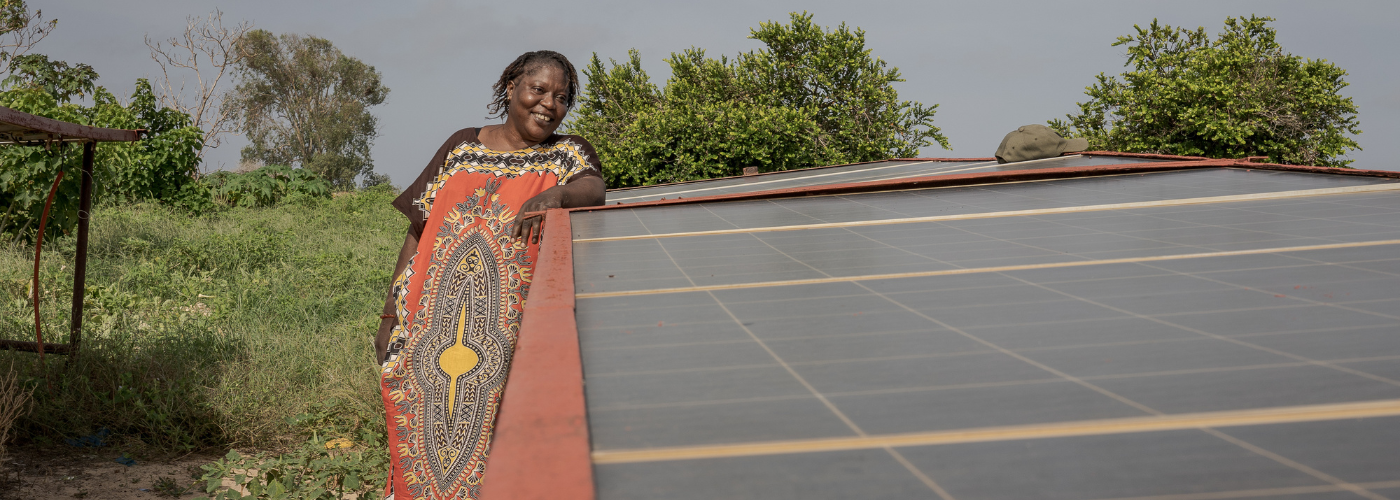World leaders, influencers, advocates, academics, activists, and journalists gathered last week in Vancouver at the Women Deliver Conference, the world’s largest conference on gender equality and the health, rights, and well-being of girls and women, to discuss new knowledge on gender and promote solutions to achieve a more gender equal world. In particular, the conference looked at the different issues affecting women’s lives, honed in on solutions and drive action in girls’ and women’s health – including maternal, sexual, and reproductive health and rights – education, environment, political participation, economic empowerment, human rights, gender based violence, and access to resources.
This year’s conference focused on power, and how it can drive – or hinder – progress and change. Under the theme “Power. Progress. Change.”, the conference examined power operating at three levels: girls’ and women’s individual power, self-esteem and agency; structural power – including political, economic, and social structure; the power of movements and how they can shape critical consciousness and marshal collective action for change.
“Energy and Water: Essential Ingredients for Women’s Equality and Achieving the SDGs”
Eleven years left to meet 2030 Sustainable Development Goals (SDGs) and a long way to go to provide accessible, affordable, and reliable energy access to all. Despite progress, billions of people continue to live without basic modern energy services, lacking reliable access to electricity or clean cooking facilities.
During the conference, our International Coordinator and Programme Manager, Sheila Oparaocha, was one of the speakers at the “Energy and Water: Essential Ingredients for Women’s Equality and Achieving the SDGs” session. In her speech, she stressed the importance of energy as essential for life and human development, and shed a light on its interlinkages with other Sustainable Development Goals, particularly with SDG 5 on gender equality. Access to affordable, reliable energy services is fundamental to reducing energy poverty, which affects women the most because of how it intersects with gendered relationship, responsibility and decision making.
On the ground, modern appliances have the potential to significantly reduce the unpaid time and labour that is expended to gather biomass fuels for cooking, collect water or manually process grains and other foods. Women and children in many places spend on average 1-6 hours a day on these tasks, limiting time available for them to pursue other economic, family or leisure activities. Modern cooking facilities could help reducing the daily exposure to dangerous levels of air pollution, which results in millions of deaths each year, mostly among women and children. Access to energy is strongly correlated with the maternal mortality ratio, as only 41% of low- and middle-income country health care facilities have reliable electricity for sterilisation of equipment and lighting for deliveries and c-sections. And less spoken of is the links between women’s energy poverty are sexual assault, particularly in humanitarian settings. Displaced women and girls at risk of sexual violence as they have to travel outside the camps to collect fuel and water or when they are outside after dark especially in the absence of community lighting.
Greater access to energy services can improve women’s health and well-being, free up their time by powering and enable their economic empowerment, thereby supporting the achievement of SDG 5. “One of the most important changes has been a paradigm shift in the way women are positioned in the energy sector. Not just as “users” and “beneficiaries,” but as being part of the solution to a just energy transition for all due to the hard work of gender/women advocates in the space” said Sheila Oparaocha during the panel.
When given equitable opportunities, women can drive progress towards achieving energy for all. However, there are still numerous challenges the international community has to face to advance gender equality and ensure energy access for all. Among this, a major obstacle to projects in the gender and energy nexus is the lack of high-quality data and, more precisely, lack of sex-disaggregated data and gender statistics. Gender statistics on energy access are almost never available at any level. Additionally, many practitioners struggle to agree to and capture quantifiable measures of women’s empowerment, either selecting overly broad or overly narrow indicators, trying to balance the efforts required to collect data with the usefulness of that data, and then finding that measurements are not directly comparable across organizations. This, in turn, makes it difficult to convincingly raise awareness on the topic. Judging from the level of advocacy that programmes and organisations are engaged in and the presence of the activity in all regions, the level of awareness of the gender and energy nexus seems quite low, even among the international community, national governments and the private sector.
Moreover, more efforts are needed to increase women’s participation in energy institutions and in policy. Even in the renewable energy sector where recent evidence shows that women make up 30% of the employment force, most of these positions are in administrative and supporting positions and less on decision making in ministries, companies, utilities and even in NGOs. To achieve energy access for all, views and experiences of half of the population involved in the energy need and use are crucial. “The other issue is to make access and use of basic energy services a rights issues that governments and other duty bearers are obliged to deliver on. That governments are obliged to provide social safety protection measures whether this is in the form of direct subsidies to the poor or insurance against energy shocks and crises.” concluded Sheila Oparaocha.











Follow us on: